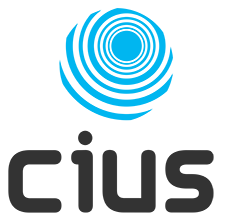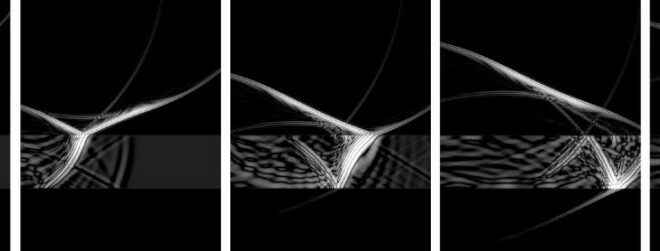We built an AI tool to help avoid environmental disasters
Artificial intelligence helps us more and more with decision-making in fields such as medicine, transportation, and information retrieval. In collaboration with Equinor, Norway’s biggest oil and gas company, we have now added another field to the list: Interpreting integrity logs from oil and gas wells. Together, we built an AI-based assistant for Equinor’s log interpreters that they are now using in their daily work.
Let the computer check the oil well!
It can be difficult to interpret ultrasound data used to check whether oil wells have a leak or not. We have found out how computers can help with the interpretations. Read the full blog post at Forskning.no: La datamaskina sjekke oljebrønnen!
Ultrasound – hunting for leaking oil wells
What does blood flow in veins and leaking oil wells have in common? In both cases, we can discover and measure the flow using ultrasound! Read more in the original blog post at Forskning.no: Ultralyd – i jakten på oljebrønner som lekker
Checking the health of oil wells using ultrasound
How do oil companies check that their wells are secure and not leaking so that they do not harm the oil platform workers or the surrounding environment? They use ultrasound! Read more in the original blog post at Forskning.no: Å sjekke helse til oljebrønner med…
The health of petroleum wells
How do you check that a petroleum well is leak-proof, so that it cannot endanger the environment or the platform staff? To do so, you’d have to investigate a narrow hole with a diameter of maybe 30 cm, kilometers below the ground, where the temperatures can reach well above 100°C and the pressure is crushing. This may sound difficult, and it is! Even so, the petroleum industry has been doing things like these for almost a century, and over the past four decades they have increasingly been using ultrasonic techniques.





